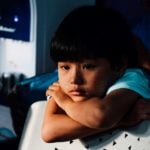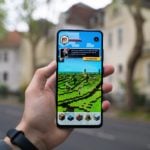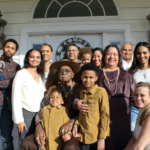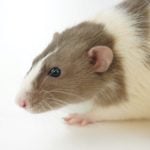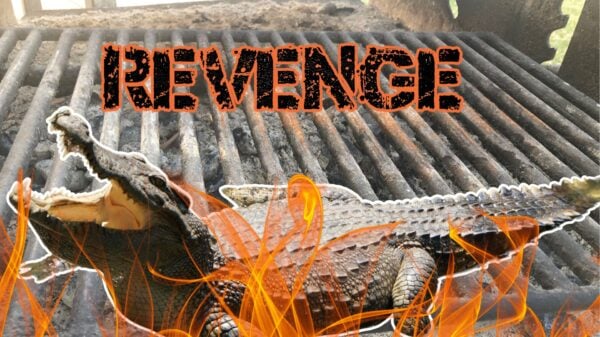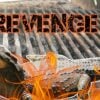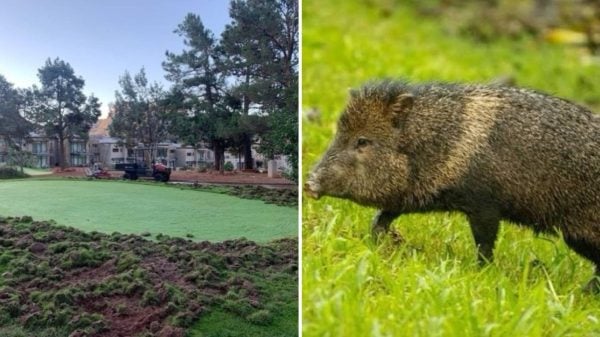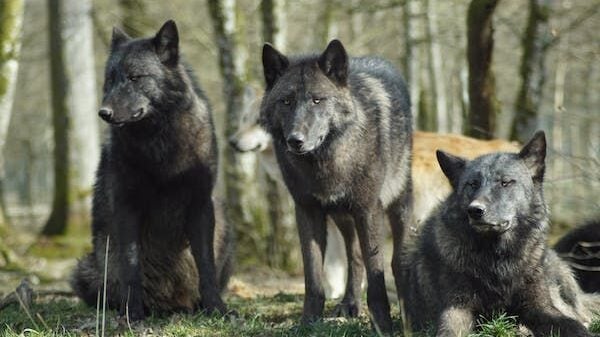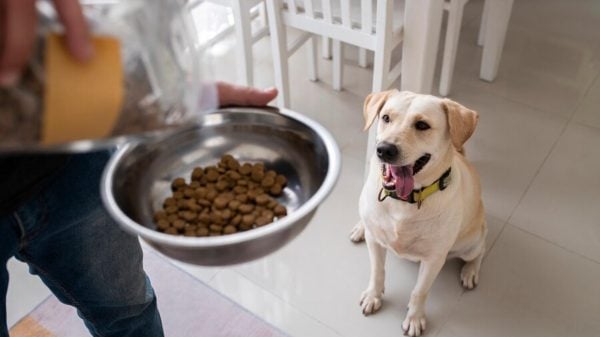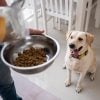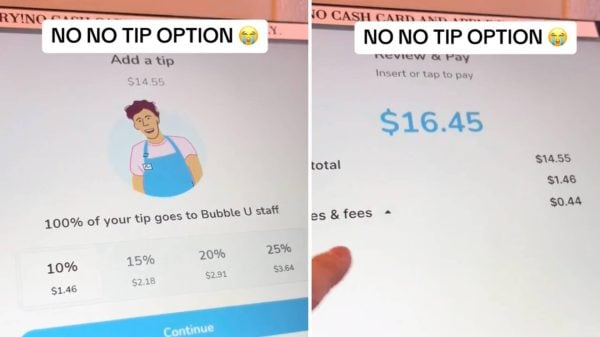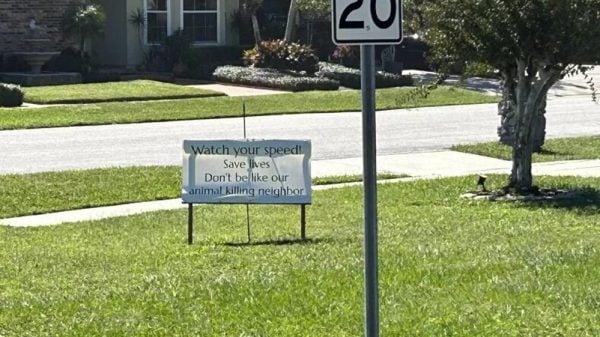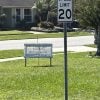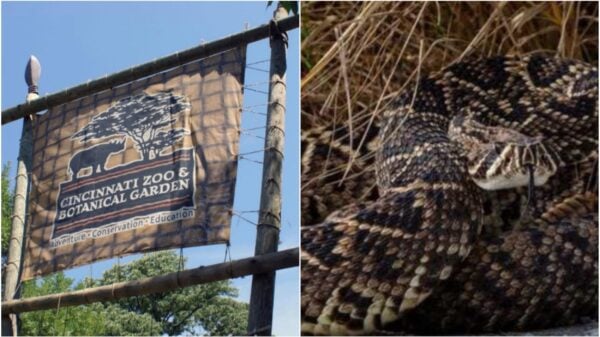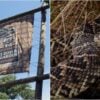Have you ever considered using DNA ancestry kits to explore your family heritage? Now, imagine doing that with your identical twin and expecting to receive identical results. But here’s the surprising twist. Let’s dive into this fascinating DNA mystery together.
Last spring, Charlsie Agro and her twin sister, Carly, embarked on a seemingly straightforward mission: they decided to purchase DNA home kits from popular providers like AncestryDNA, MyHeritage, 23andMe, FamilyTreeDNA, and Living DNA. Their intention was to discover intriguing pieces of their family history that may have remained hidden. What did they uncover?
<iframe width=”100%” height=”100%” frameborder=”0″ allowfullscreen=”true” src=”https://www.youtube.com/embed/phMEQ3u9sT4?rel=0″></iframe>
Although many believe that identical twins will have the same DNA results, the reality is more complex. In a surprising turn of events, Charlsie’s 23andMe results showed 10% less “broadly European” ancestry compared to Carly. Even more intriguing is the discovery that Charlsie has some French and German ancestry that Carly does not share. This raises questions about possible inaccuracies or discrepancies in the testing kits used.
But that’s not all! The mystery surrounding the DNA deepens. According to the company, Charlsie has 28% Eastern European heritage, while Carly has 24.7%. Interestingly, Carly’s results specifically indicated a connection to Poland, whereas Charlsie’s results didn’t detect any Polish ancestry at all. Dr. Mark Gerstein from Yale University perfectly captured our confusion by describing it as “mystifying.”
These DNA kits work by comparing your DNA to a reference panel and attempting to match segments with different regions worldwide. Each company uses its unique panel, which explains the variations in results. However, when Gerstein’s team examined the raw DNA data for both sisters more closely, they discovered something even more surprising: the DNA profiles of the sisters were remarkably similar. This means that both sisters should have received almost identical results from each company.
But the surprises didn’t stop there. Despite family stories about Sicilian, Polish, and Ukrainian ancestry, the DNA testing companies revealed unexpected results. AncestryDNA indicated a strong Eastern European heritage, while MyHeritage hinted at Balkan roots. Living DNA took an unexpected turn by suggesting ancestry from England for Carly and Scotland/Ireland for Charlsie. Just when you thought it couldn’t get any stranger, FamilyTreeDNA flagged 13-14% Middle Eastern ancestry for both twins.
Although these tests may seem as unpredictable as weather forecasts, they have a scientific basis. Each company utilizes different algorithms, resulting in varying outcomes. Additionally, the accuracy of these tests hinges on the size and diversity of their reference panel. Larger and more diverse panels yield more precise results. However, when it comes to determining ancestral regions worldwide, things become more subjective.
Despite the exciting discoveries made through these kits, it’s important to remember that they are not infallible. Geneticist Dr. Simon Gravel wisely suggested taking the results with a pinch of salt, recognizing their limitations.
It’s worth mentioning that you might want to reconsider if you’re attached to your DNA results. The thing is, these results can change. Take AncestryDNA as an example: they recently updated their results by incorporating more reference samples, which means people may end up getting different and enhanced ancestral insights.









